
The Ultimate Claim Hack: Why You Need A Personal Injury Solicitor Now
Accidents can happen to anyone. Whether you are injured in a car
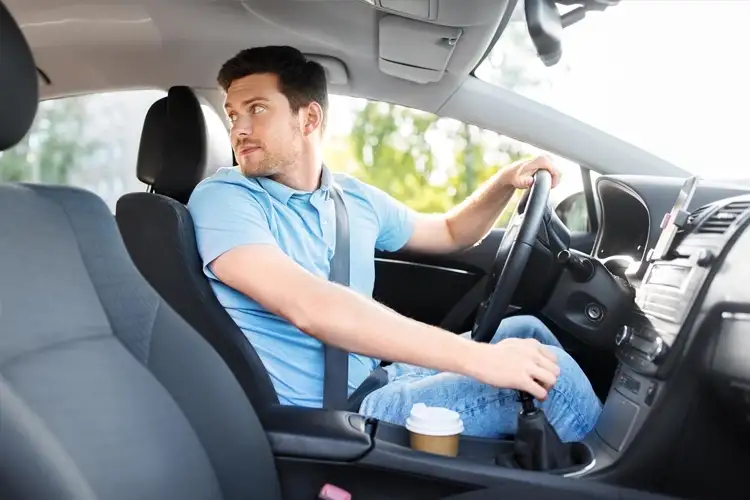
Many drivers at fault deny it when paying liabilities after a car accident reversing. In this scenario, the witnesses’ statements are vital in identifying who was at fault.
You can provide the witness statement as evidence to your insurer or an accident claim management company to get maximum compensation for your loss. The best thing about witnesses’ records is that they are not biased like drivers.
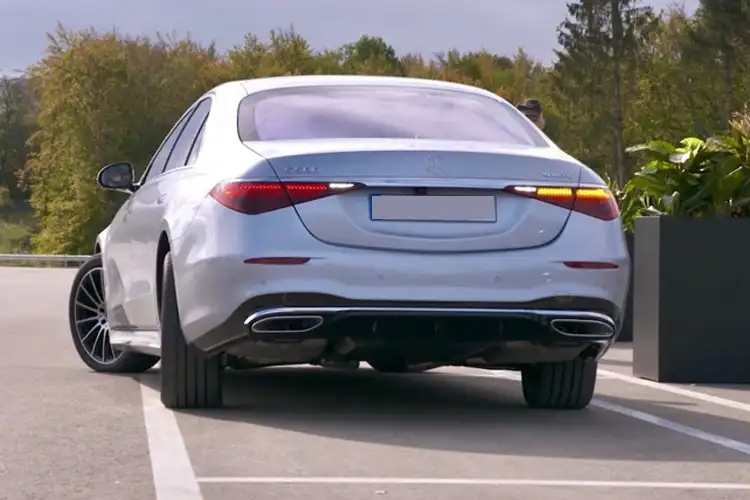
Whether the accident was severe or minor, informing the police is crucial. You can collect the police report as the initial information or evidence of the accident. Additionally, a police report can be beneficial, especially if you are non-faulty and want to receive maximum compensation.
Most people think the driver who reverses the car is always at fault. This is undoubtedly true, especially if the driver had the right of way. However, the situation can be different in exceptional cases.
Like other accident scenes, you can determine the faulty in a car accident reversing by collecting the following details;
Here are a few tips you can follow to avoid an accident when reversing the car;

Accidents can happen to anyone. Whether you are injured in a car

When your car breaks down unexpectedly, there’s nothing more reassuring than knowing
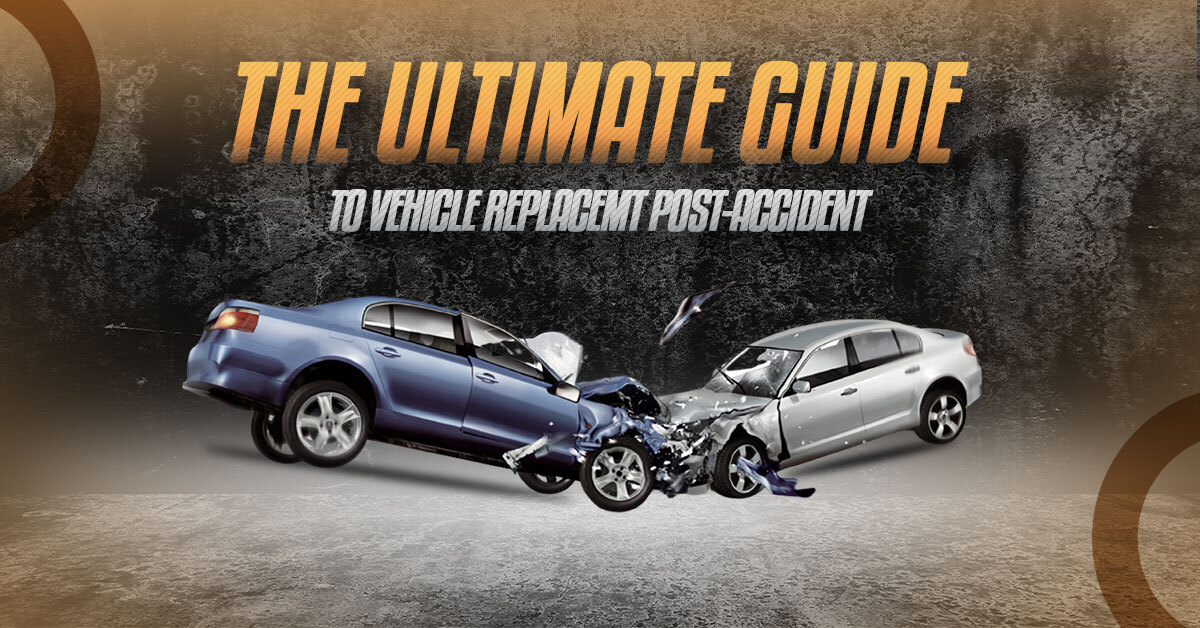
Car accidents are unfortunate events that can occur to anyone at any
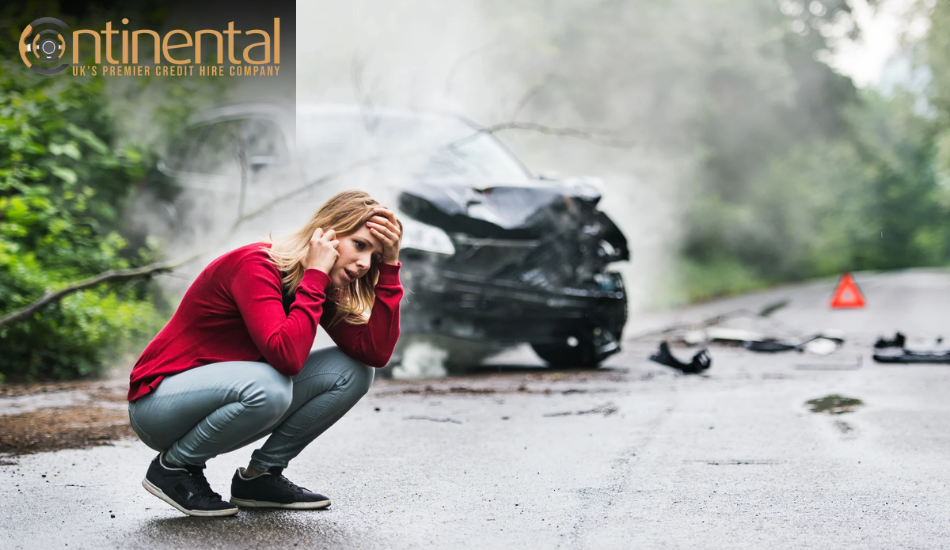
Car Accidents are sudden situations, and no one is ready for them.

Home Search 5 mint read How Much Claim Management Company Charge for
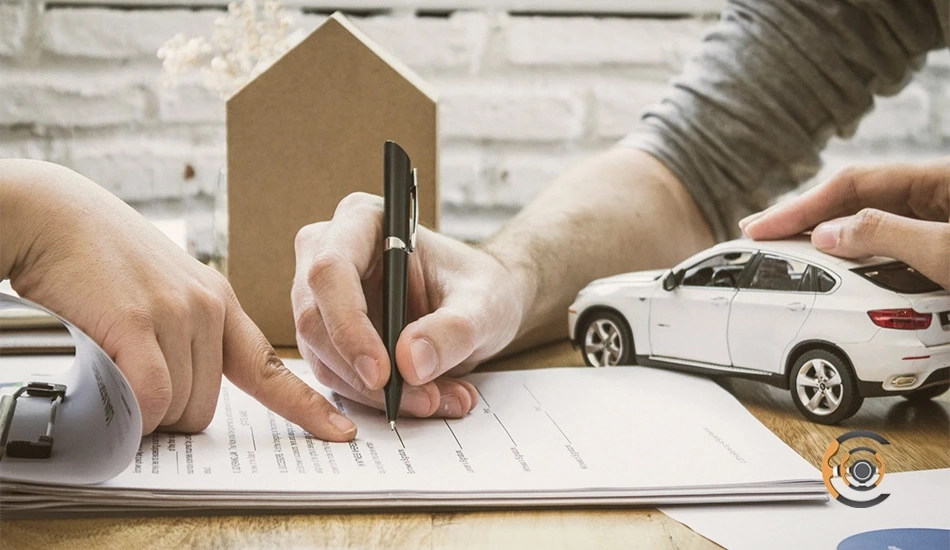
Home Search 5 mint read How to Maximise Your Traffic Accident Claim
Your stolen car's type, model, and make will directly impact the insurance premiums. For instance, luxury cars are more attractive to thieves. So, the insurance premiums will be based on the ratio and rate of car theft according to its type, make, and model.
Copyright © 2025 Continental Car Hire Ltd. All Rights Reserved.
Continental Car Hire Ltd is authorised and regulated by the Financial Conduct authority (FRN 711301)